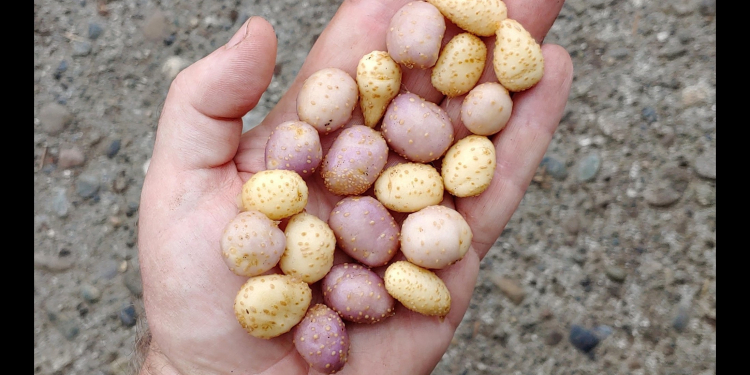This year, drought and unfavorable conditions have greatly affected the agriculture of our Russia, especially it affected the potato harvest. In the Southwestern United States, drought is a constant problem, so what is happening in this region with potatoes is interesting and relevant for farmers in our country.
The need for innovative cultures has become more evident since August 9, when the UN Intergovernmental Panel on Climate Change published a new report. Its authors said that the weather in the Southwestern United States will very soon increase by 2 degrees, and in the coming decades, drought will become more frequent. An increase in extreme precipitation is also predicted, which can lead to flooding, as evidenced by the already heavy precipitation this summer in Arizona, Colorado, New Mexico and Utah.
Scientists and leaders of Utah Native American communities have launched a campaign to reintroduce a drought-resistant potato species known as Solanum jamesii as a possible food solution for people affected by the effects of climate change.
This species is able to grow in the most arid conditions and accumulates three times more protein and twice as much calcium, as well as a lot of iron and zinc than the potatoes we are familiar with.It can also remain dormant for many years in arid conditions, withstands extremely cold conditions.
Valerie Nuwayesteva from the Hopi tribe, joined the efforts to restore this type of potato. According to Lisbeth Lauderback, curator of anthropology at the Utah Museum of Nature, these plants were grown by indigenous peoples, including the Hopi tribe, more than 11 thousand years ago. And recently found evidence that potatoes were grown in Utah thousands of years before it was believed that potatoes were imported to North America from the Andes.
Nuwayesteva’s acquaintance with this type of potato occurred this spring when the non-profit organization Utah Diné Bikéyah, which deals with traditional products, invited her to participate in a potato growing project. Traditionally, the Indians take good care of potato plants and especially appreciate them. With the support of scientists and the indigenous population, this type of potato has every chance of recovery

